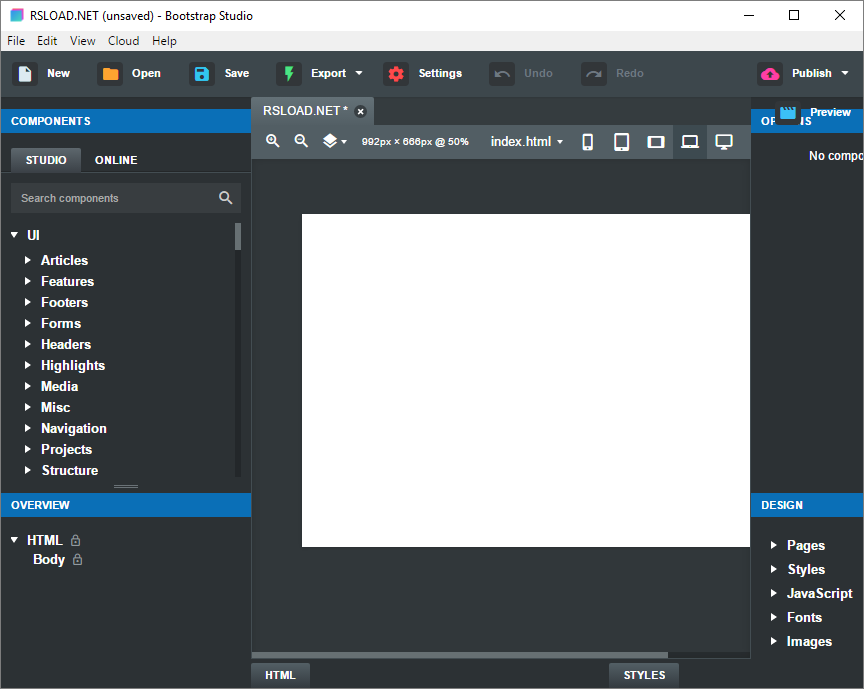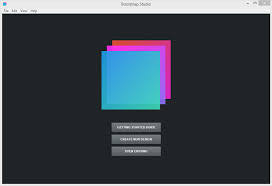

React UI framework that follows Material Design principles Those of you who want to know more may read further.Ī short comparison for those who are looking for a quick answerĬSS, HTML, JS framework for developing responsive websites Without a long introduction, we want to present a short table with main conclusions on each criterion of the comparison. We’re going to need to enact some changes in the package.json first.Bootstrap vs Material UI is an age-old dilemma every web developer has tried to solve at least once. The App.css can be left blank and updated as needed. Import Button from 'react-bootstrap/Button' Import Container from 'react-bootstrap/Container' Notice the index.js file has an import that refers to App. To use bootstrap, add the following import: import 'bootstrap/dist/css/' A standard index.js file for a React application is the following: import React from 'react' To start, this can contain an empty index.js, App.js, and App.css file. You need to enable JavaScript to run this app.


A standard index.html file for a React application is the following: Let’s Develop #įirst, create a public folder containing an index.html file. Naturally, if you’re using create-react-app, some of these steps will already be done. Now, as hinted above, let’s create some folders in the root directory. Notice, we’re using the 5.1.3 version of Bootstrap. npm install react react-dom react-bootstrap react-scripts Once the process is complete, you can use the following command to add the necessary dependencies to a newly created React Bootstrap-based project. If you’re prompted for a test command, use “react-scripts test.” We'll update the rest of the package.json later. If you’re using npm init to bootstrap your initial project, I would recommend using src/index.js when prompted for your package.json main as opposed to the default value index.js. Author: Mensah Alkebu-Lan Table of Contents #


 0 kommentar(er)
0 kommentar(er)
